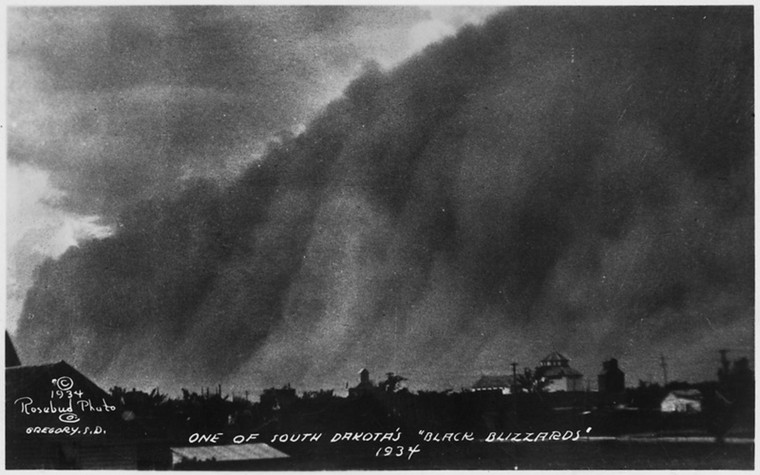The drought of 1934 wasn’t just bad, it was the worst. That’s the finding of a reconstruction of North American drought history over the past 1,000 years, done by scientists from NASA and Columbia University’s Lamont-Doherty Earth Observatory. Their study, to be published in the Oct. 17 issue of Geophysical Research Letters, concludes the drought of 1934 during the Dust Bowl years in the North American Plains was 30 percent more severe than the next worst, which occurred in 1580, NASA said.
The scientists used tree ring records from 1000 to 2005 along with modern observations. They found that the 1934 drought extended across 71.6 percent of western North America, compared with 59.7 percent during the 2012 drought. "It was the worst by a large margin," said Ben Cook, climate scientist at NASA's Goddard Institute for Space Studies in New York and lead author of the study. The scientists found two main reasons: a winter high-pressure system over the West Coast that blocked precipitation and spring dust storms that suppressed rainfall.
IN-DEPTH
- Parched: Devastating Drought Stretching Far Beyond California
- Chance of El Nino Ahead, but Can It Help California?
- October Brings Forecast for More Drought in the West
